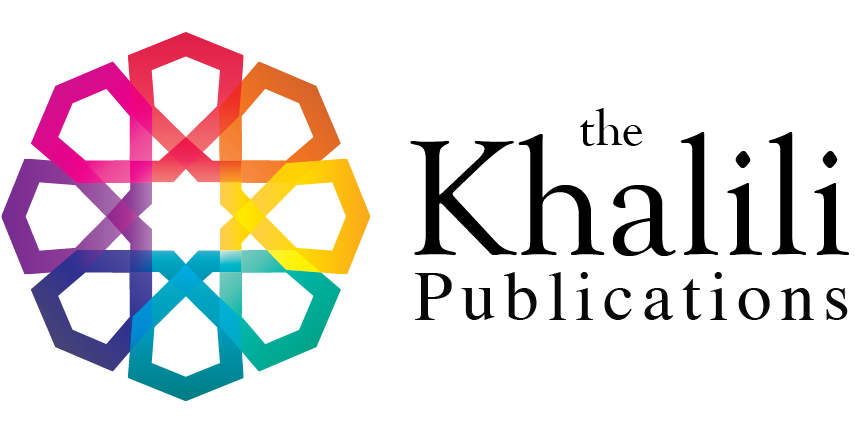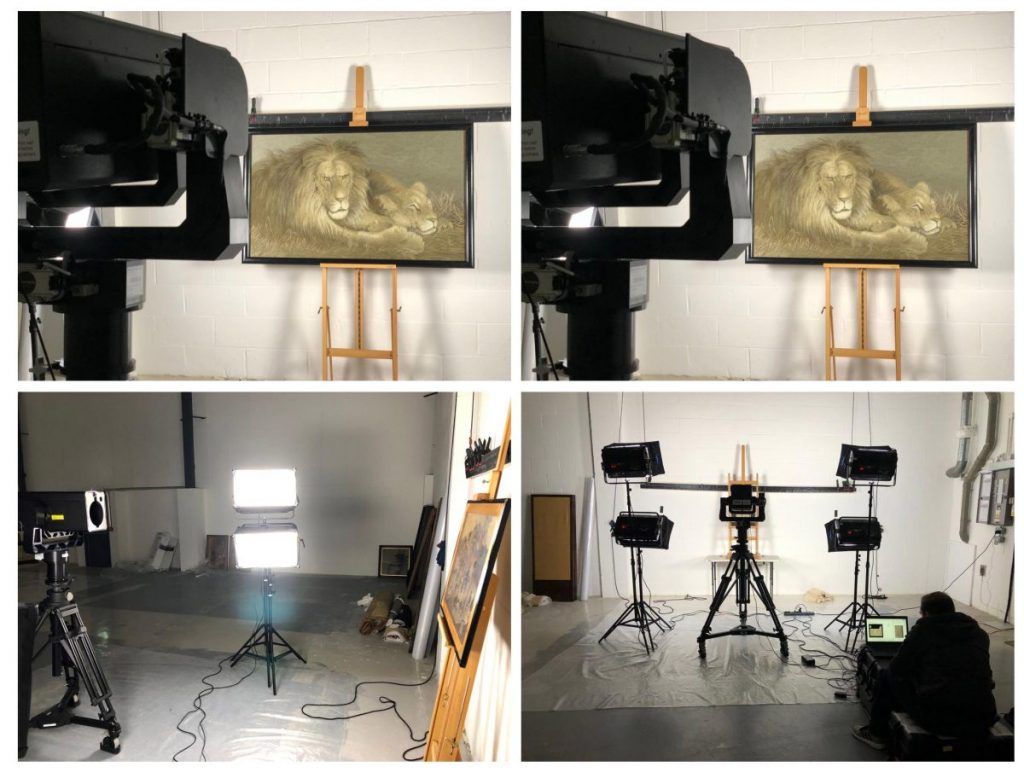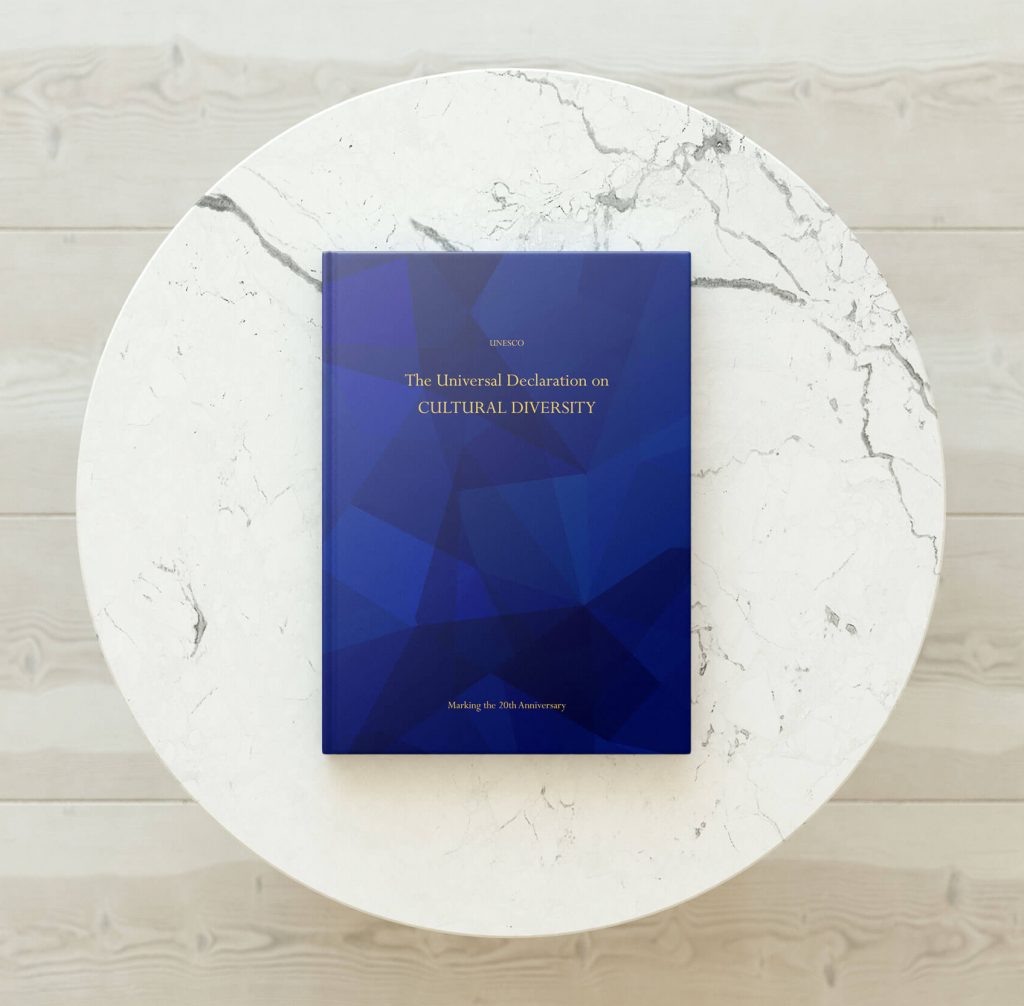
The Khalili Collections
The Khalili Collections refers collectively to eight distinct art collections assembled by Professor Sir Nasser D. Khalili over a five-decade period. Together, the Collections comprise some 35,000 works of art. Each collection is on its own merit the largest and most comprehensive of its kind.
35,000 objects comprising of
eight unique collections
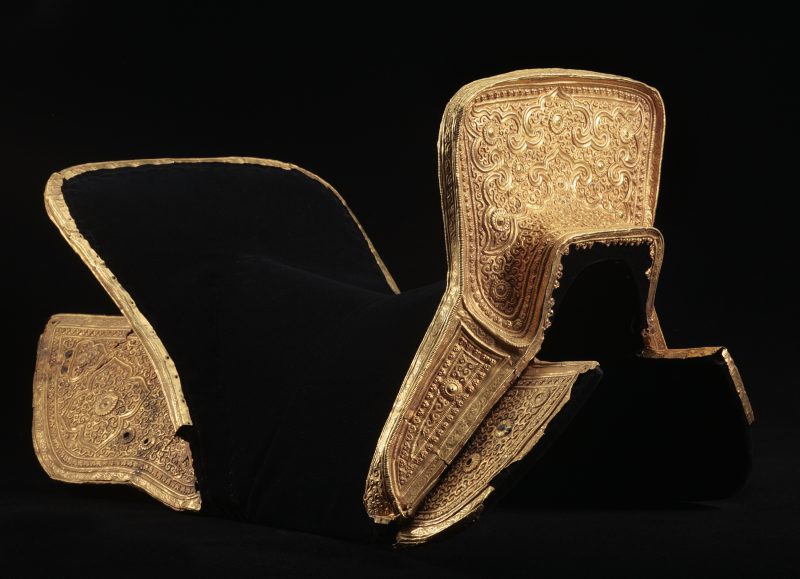
Islamic Art
The Khalili Collections holds one of the world’s most comprehensive collections of Islamic art (2, 3, 4, 5, 9, 10). The Nasser D. Khalili Collections of Islamic Art includes 28,000 objects documenting arts from Islamic lands over a period of almost 1400 years. The Collection includes manuscripts of the Holy Qur’an, rare and illustrated manuscripts, album paintings, decorative arts of miniature paintings, bookbindings, lacquer, ceramics, glass and rock crystal, metalwork, scientific instruments, arms and armour, jewellery, carpets and textiles, coins and architectural elements.
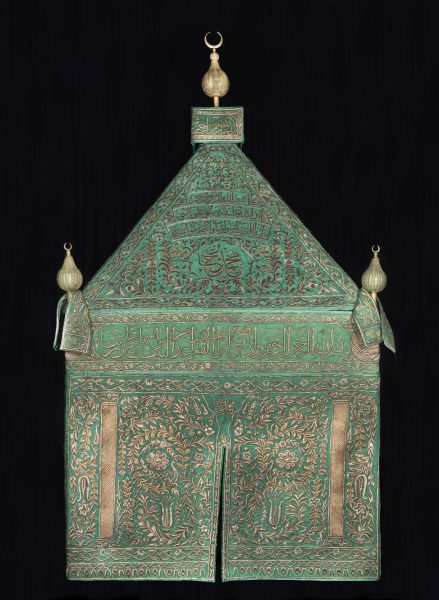
Hajj and the Arts of Pilgrimage
Alongside the Topkapı Palace museum, the collection is considered the largest and most significant group of objects relating to the cultural history of the Hajj (5). It holds objects and archival documents from all over the Islamic world, from the Umayyad period to the 21stcentury. It includes over 300 textiles and many other objects such as coins, medals, miniatures, manuscripts and photographs relating to Mecca and Medina. In total, the collection contains approximately 5,000 objects.

Aramaic Documents
The Collection comprises 48 historically significant Aramaic documents from Ancient Bactria, consisting of mainly letters and accounts related to the court of the satrap of Bactria. Together these letters and accounts make up the oldest known correspondence of the administration of Bactria and Sogdiana. The documents, written in Official Aramaic, were likely to originate from the historical city of Balkh and all are dated within a period of less than 30 years, between 353BC to 324BC. The newest of the documents were written during Alexander the Great’s early reign in the region.
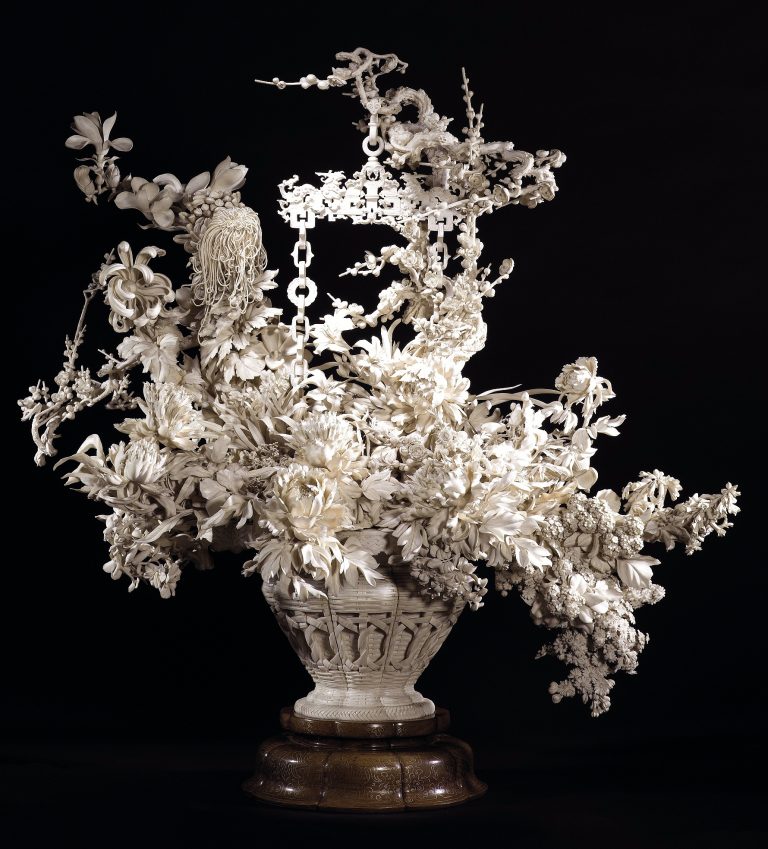
Japanese Art of the Meiji Period
The Collection of Meiji decorative arts is only comparable as acknowledged by many scholars and museum directors, in terms of quality and size to the collection of the Japanese Imperial family (6). It comprises over 1,400 pieces, including metalwork, enamels, lacquer, textiles and ceramics. The Meiji period saw a cultural revolution in Japan where traditional tastes were met with international ones. Since the beginning of Emperor Meiji’s reign in Japan, European and international collectors have avidly sought pieces of Japanese art from this era. Many works in the collections were produced by Imperial Court artists and were exhibited at the Great Exhibitions of the late 19thcentury.
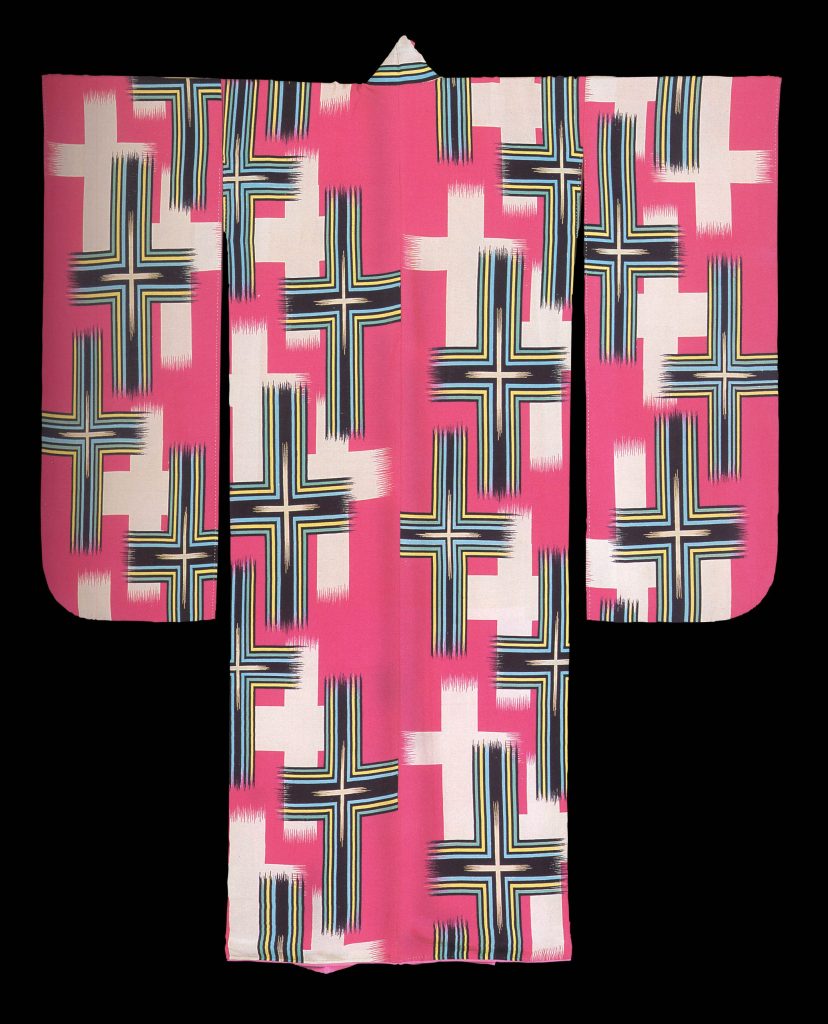
Japanese Kimono
The Collection represents three hundred years of the Japanese textile industry and contains over 450 garments. While the kimono’s T-shaped design hasn’t altered much over the centuries, the Collection reveals an astonishing variety of designs. The garments have been worn to demonstrate gender, age, status and wealth throughout Japan’s history. The core of the Collection is made up of kimono from the Edo (1603-1868), Meiji (1868-1912), Taisho (1912-1926) and early Showa (1926-1989) eras.
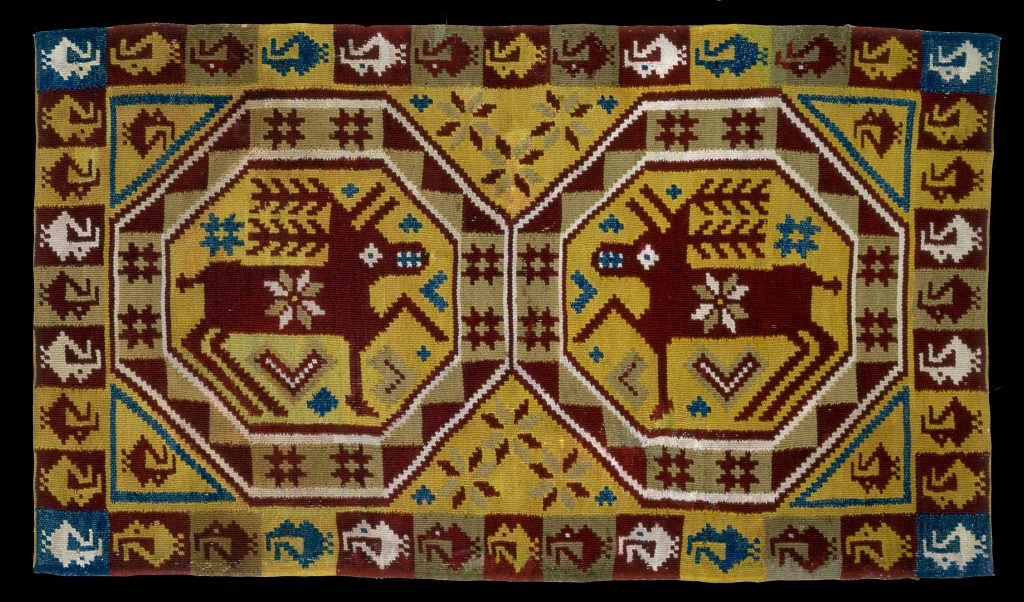
Swedish Textiles
The Collection comprises mostly of textile panels, cushion and bed covers from the Scania region of southern Sweden, dating in the main from a hundred year old period of the mid-18thto mid-19thcenturies. The majority of the pieces in the Collection were made for wedding ceremonies in the region. While they played a part in the ceremonies, they were also a reflection of the artistry and skill of the weaver. Their designs often consist of symbolic illustrations of fertility and long life, inspiring a sense of hope and joy. The entire collection is made up of 100 pieces.
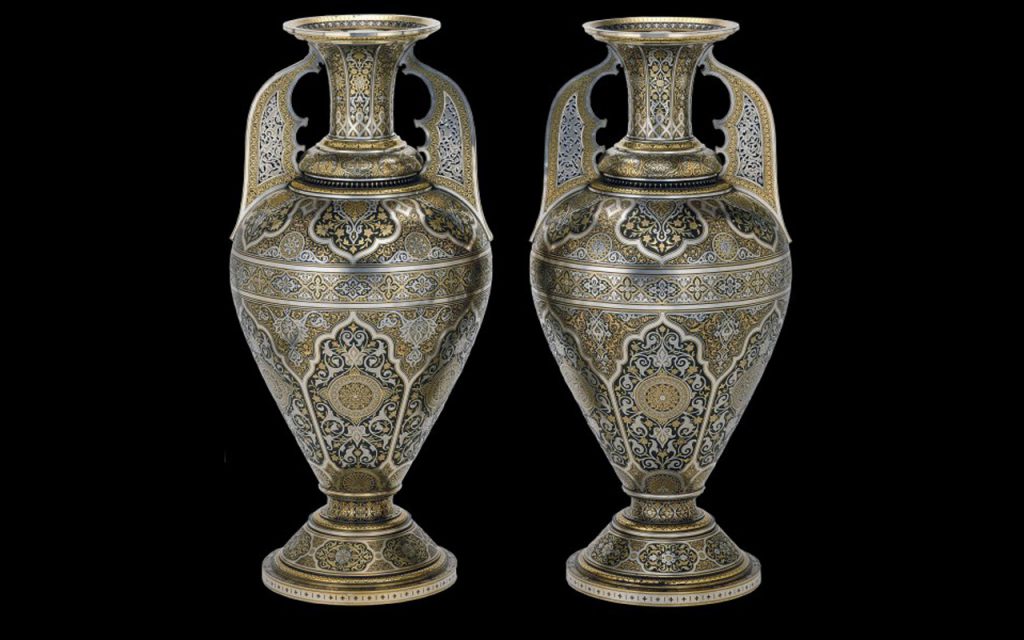
Spanish Damascene Metalwork
One of the largest collections of its kind, the Spanish Metalwork Collection pays homage to the Zuloaga family, which played a major part in the preservation of damascening in Spain. The Collection contains some of the most important pieces created by Plácido Zuloaga between 1834-1910. Some of the pieces, such as a giant iron cassone, were originally acquired by the great 19th-century English collector, Alfred Morrison. The entire collection comprises of over 100 pieces, 22 of which are signed by Plácido Zuloga. The collection is said to be one of the best representations of Spanish metalwork art during the latter half of the 19th century.
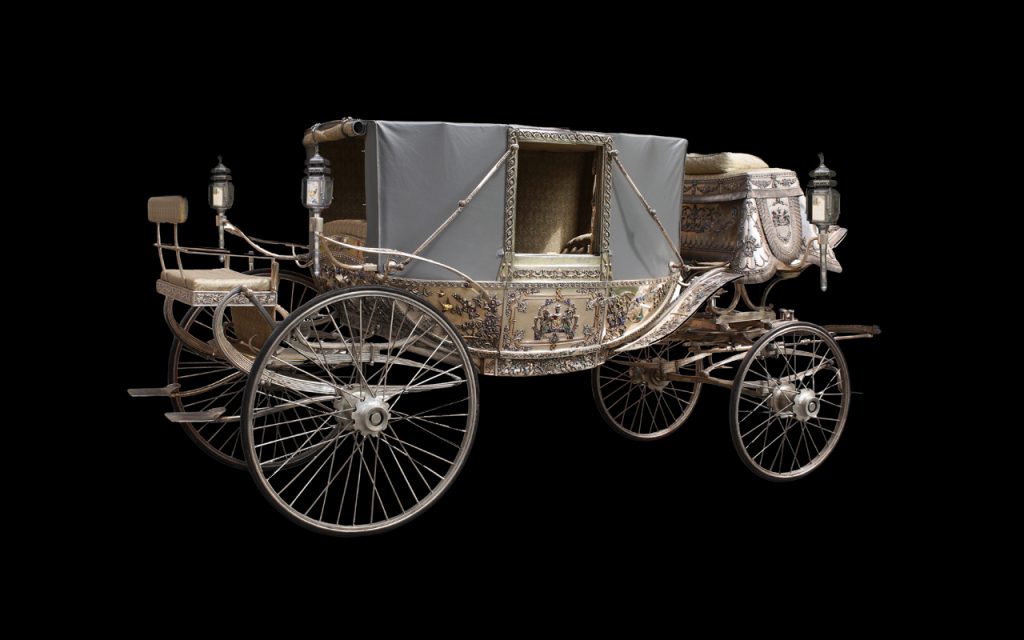
Enamels of the World
The Collection consists of over 1300 pieces and showcases the global significance and evolution of enamelling of enamelling. The uniqueness of the Collection lies in its geographic, artistic and historical range. Highlights include the enamelled chariot belonging to the Indian Maharaja of Bhavnagarand a painted enamel throne table with the seal mark of the 18thcentury Chinese Qianlong emperor. Other objects include presentation chargers, jewellery, miniatures and ornamental pieces.
Khalili Publications of the Eight Collections
With one hundred publications, each work of art in the Khalili Collections has been meticulously conserved, researched, catalogued and as part of what is considered to be one of the most ambitious art scholarship projects in modern history. Over ninety volumes have already been published, overseen by Professor Sir Nasser D. Khalili and with contributions from the world’s leading experts in each respective field.
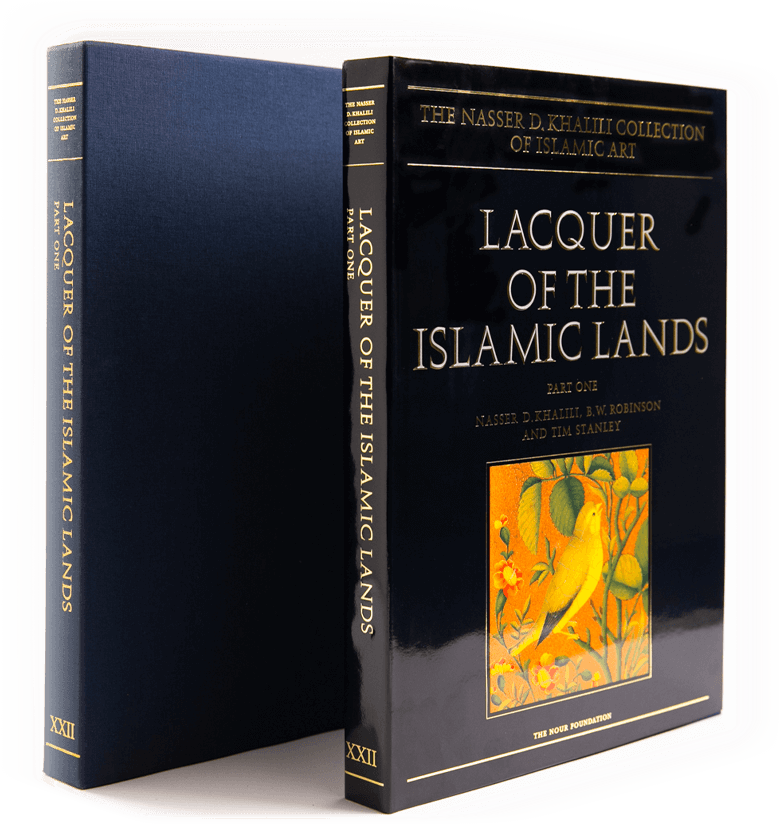
Books are available now
Here you can purchase all available volumes published exclusively by the Collections. For a fuller list of publications including forthcoming volumes and books published by others see our Collections’ main website. All proceeds generated from book purchases benefit the charitable endeavours of the Khalili Foundation directly.
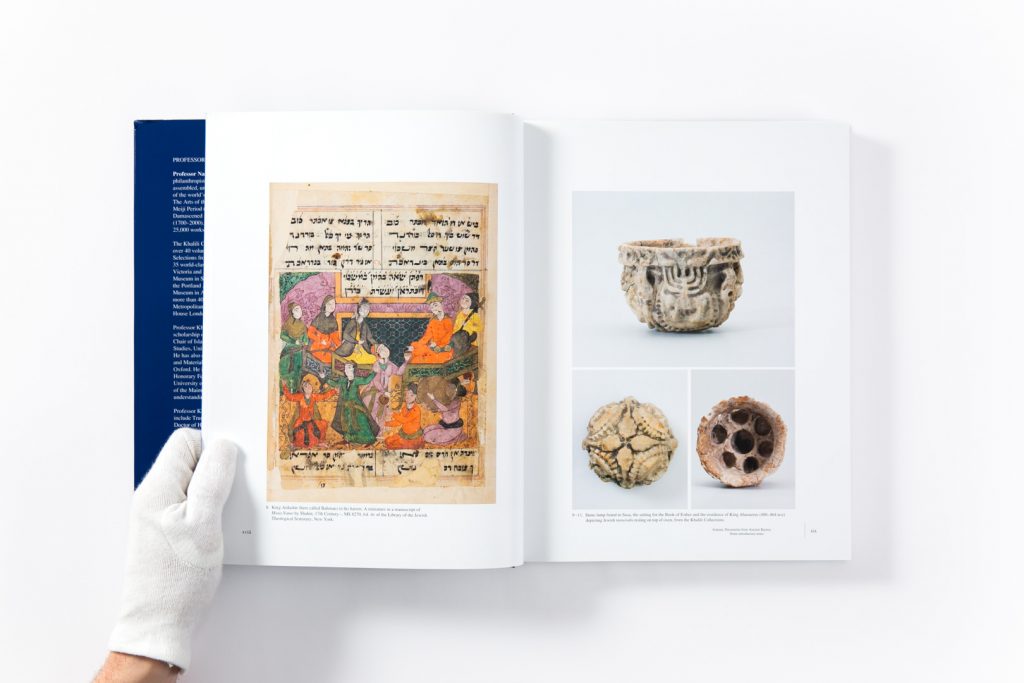
Khalili Exhibitions
With one hundred publications, each work of art in the Khalili Collections has been meticulously conserved, researched, catalogued and as part of what is considered to be one of the most ambitious art scholarship projects in modern history. Over ninety volumes have already been published, overseen by Professor Sir Nasser D. Khalili and with contributions from the world’s leading experts in each respective field.
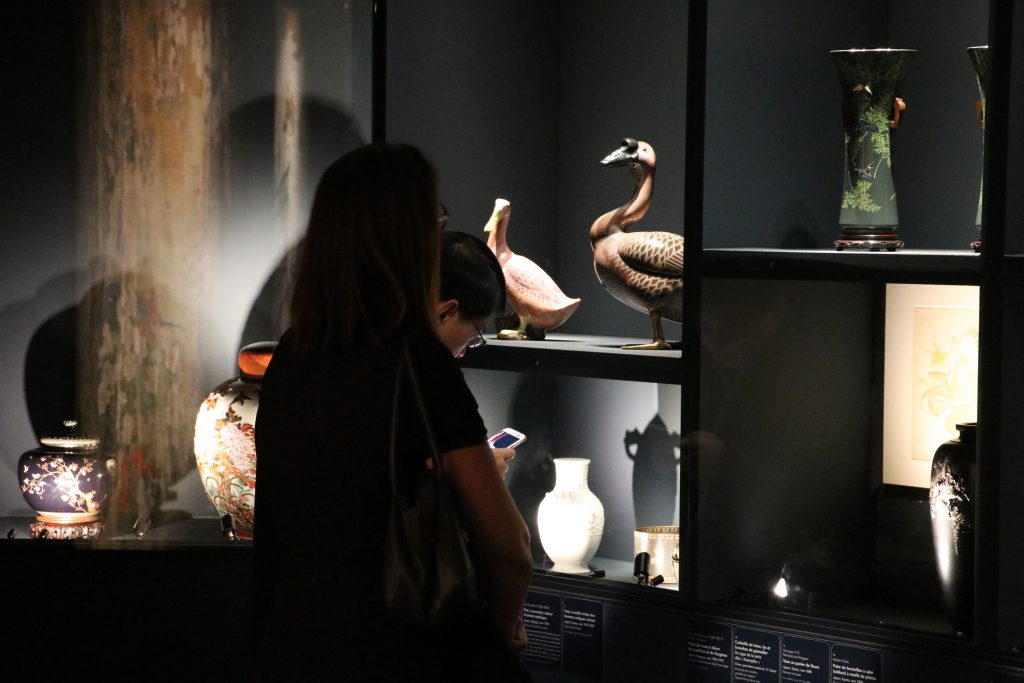
Loan Exhibitions
With one hundred publications, each work of art in the Khalili Collections has been meticulously conserved, researched, catalogued and as part of what is considered to be one of the most ambitious art scholarship projects in modern history. Over ninety volumes have already been published, overseen by Professor Sir Nasser D. Khalili and with contributions from the world’s leading experts in each respective field.
Khalili Digitisation Project
Over a period of three decades, the Khalili Collections has undergone a major digitisation project in order to make the Collections more accessible to the general public. The majority of the approximately 35,000 works in the collections have been photographed (and in some cases filmed) in high definition; these digital assets are sued for a variety of projects such as publication and catalogues, exhibitions, websites, social media campaigns and other digital initiatives.

